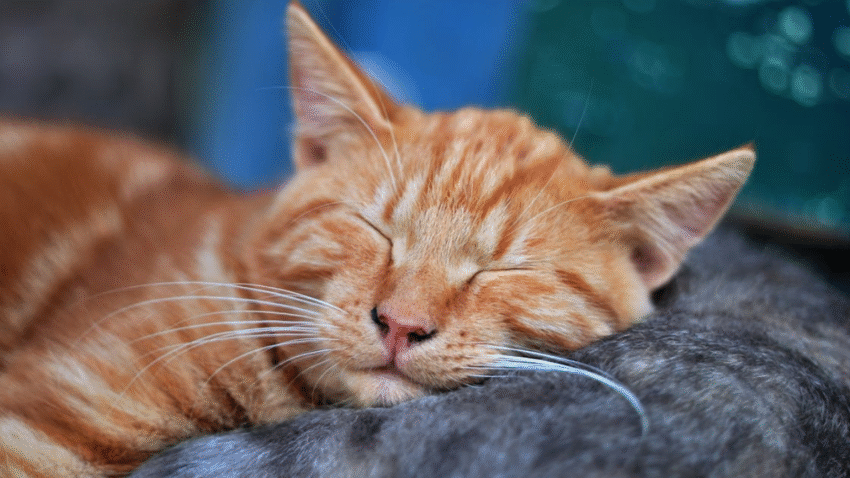Introduction
Noticing your cat visiting the litter box more than usual? Or perhaps they’re straining to pee or crying out in pain? These could be signs of a urinary tract infection (UTI)—a condition that, if left untreated, can lead to serious health problems. In this article, you’ll learn how to spot signs of UTIs in cats, when to seek help, and how to support urinary health at home.
Why Spotting UTIs Early Matters for Cats
Urinary tract infections can cause intense discomfort, stress, and even life-threatening blockages, especially in male cats. Cats are notorious for hiding pain, so recognizing early signs of trouble is key to protecting their health. A quick response can prevent complications like bladder inflammation (cystitis), kidney infections, and urinary blockages.
Understanding UTIs helps you:
- Prevent long-term health issues
- Reduce the risk of repeat infections
- Save on costly emergency vet visits
- Improve your cat’s comfort and behavior
Step-by-Step Guide to Spotting UTI Symptoms
Step 1: Observe Litter Box Behavior Closely
Changes in bathroom habits are the biggest red flag.
Look for:
- Frequent urination: More trips to the litter box than usual
- Straining to urinate: Squatting for a long time without producing much urine
- Crying or vocalizing: Meowing or yowling in pain while urinating
- Accidents outside the litter box: Peeing in unusual places, often due to discomfort
- Licking the genital area: Excessive grooming may indicate irritation
Step 2: Check for Visual Signs in the Urine
Keep an eye out for:
- Blood in the urine: Pink, red, or brown discoloration in the litter
- Strong or foul-smelling urine
- Very small amounts of urine: Especially if your cat usually pees a normal volume
Tip: Use clumping litter and a clean box to easily spot changes in color or amount.
Step 3: Monitor Behavior and Physical Health
In addition to bathroom-related symptoms, cats with UTIs may show:
- Lethargy: Less interest in playing or exploring
- Loss of appetite
- Hiding or withdrawal
- Irritability or aggression when touched near the lower belly
Step 4: Know the High-Risk Groups
Certain cats are more prone to urinary issues, including:
- Male cats (especially neutered males)
- Overweight or obese cats
- Cats with low water intake
- Cats fed only dry food
- Senior cats
Understanding your cat’s risk level helps you stay proactive with monitoring.
Common Mistakes to Avoid
1. Assuming It’s a Behavior Problem
Peeing outside the litter box is often misinterpreted as bad behavior when it’s actually a medical issue.
2. Waiting Too Long
UTIs can worsen quickly. Prompt vet attention is crucial, especially for male cats who can suffer life-threatening blockages.
3. Ignoring Subtle Signs
Cats are masters at hiding pain. A slightly quieter demeanor or minor appetite change may be the only clues.
4. Self-Treating with Human Medications
Never give your cat over-the-counter human medicine. Many are toxic to felines.
5. Not Following Up
Even if symptoms improve, a vet follow-up is necessary to ensure the infection is fully cleared.
Extra Tips & Recommendations
- Encourage Hydration: Add water to wet food or use a cat fountain to promote better urinary health.
- Offer Wet Food: Canned food increases moisture intake and supports a healthier urinary tract.
- Keep Litter Boxes Clean: A dirty box discourages use and can increase the risk of infections.
- Reduce Stress: Cats under stress are more prone to urinary problems. Provide quiet spaces, routine, and enrichment.
- Know the Difference: UTIs are different from Feline Lower Urinary Tract Disease (FLUTD), but symptoms overlap. A vet exam is essential for a proper diagnosis.
If you notice any signs mentioned above, contact your veterinarian immediately. A urine sample and possibly an ultrasound or x-ray may be needed to confirm the diagnosis.
For more tips on feline wellness, read our article on [How to Keep Your Indoor Cat Active and Fit].
Conclusion
Spotting signs of a urinary tract infection in cats early can mean the difference between a quick recovery and a serious medical emergency. By knowing what to look for—frequent urination, straining, vocalization, and behavior changes—you can act quickly and get your cat the help they need. Stay observant, support hydration, and keep those litter boxes clean to protect your cat’s health and happiness.
